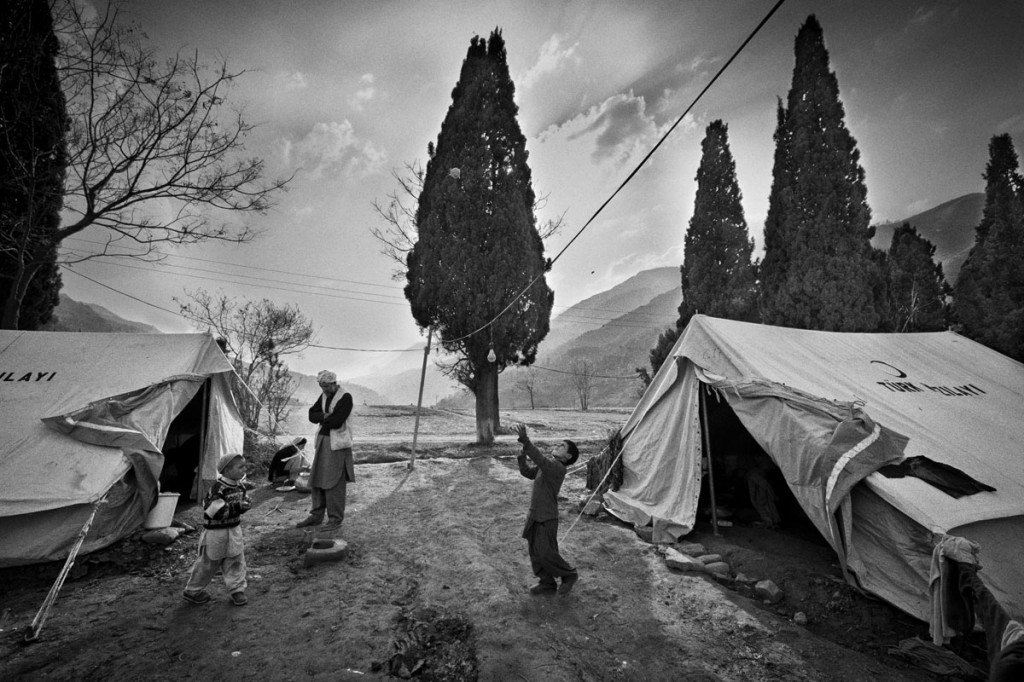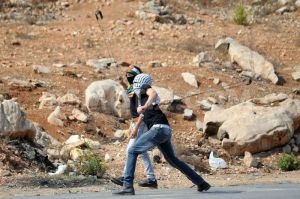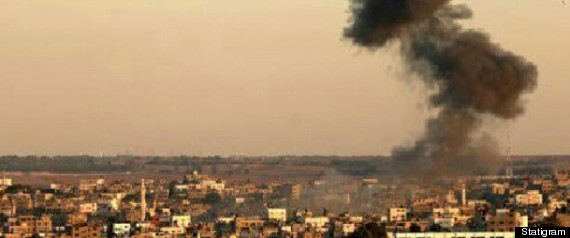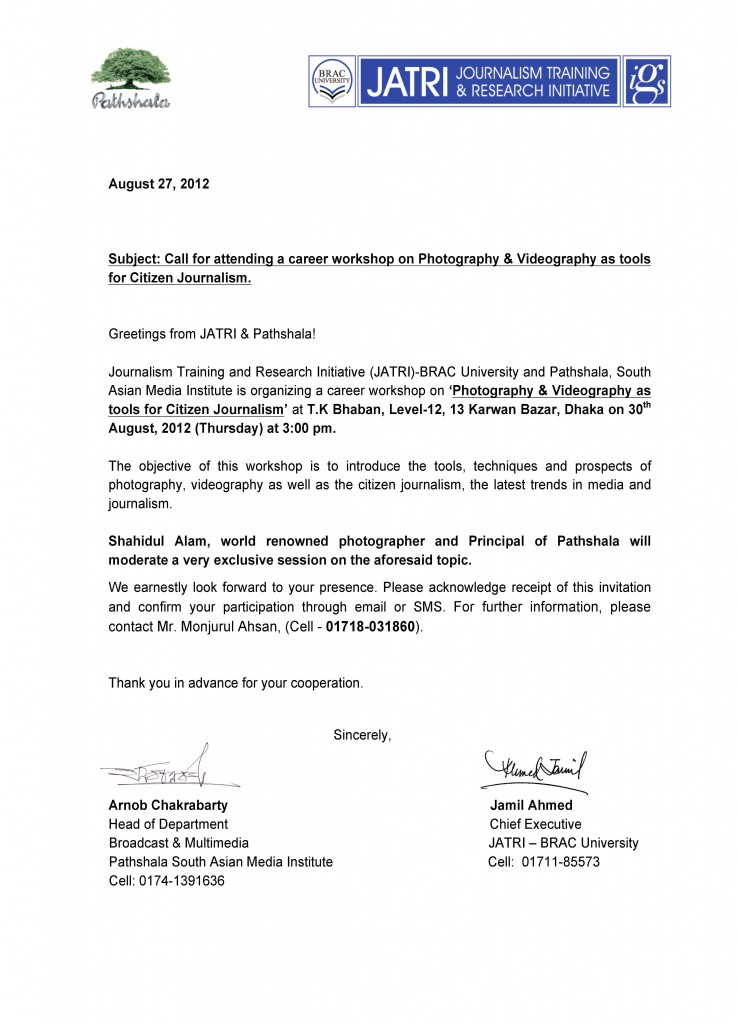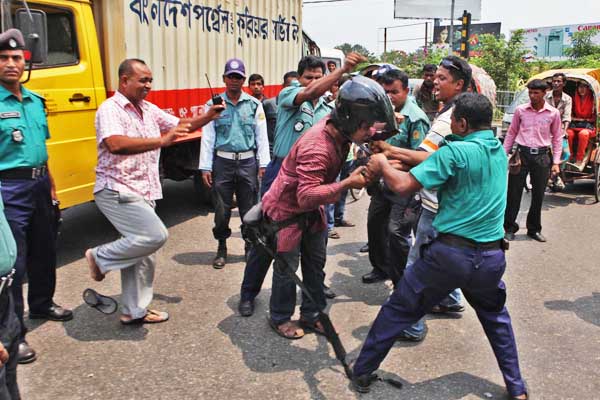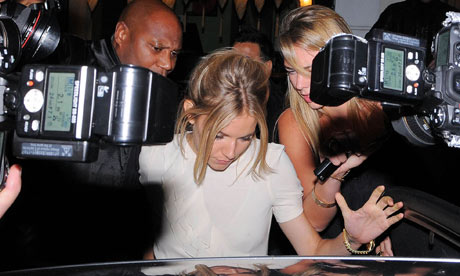
Relentlessly pursued ? Sienna Miller: ?I would often find myself, at the age of 21, at midnight, running down a dark street on my own with 10 men chasing me.? Photograph: Exposure Photos.com/JTBB
The row over topless pictures of the Duchess of Cambridge continues. But Kate is not alone. Young women everywhere ? famous and non-famous ? are increasingly becoming victims of voyeurism in our internet age
On the popular website Reddit, where users submit and share content, a member of?a?forum called “creepshots” was handing out advice last week. His subject? How to photograph women surreptitiously. “Don’t be nervous,” he wrote. “If you are, you’ll stand out. Don’t hover too much, get your shot and move on if you can … You’ll look less like a creep if you have photos of things other than just hot chicks’ asses.”
Continue reading “Creepshots and revenge porn: how paparazzi culture affects women”
